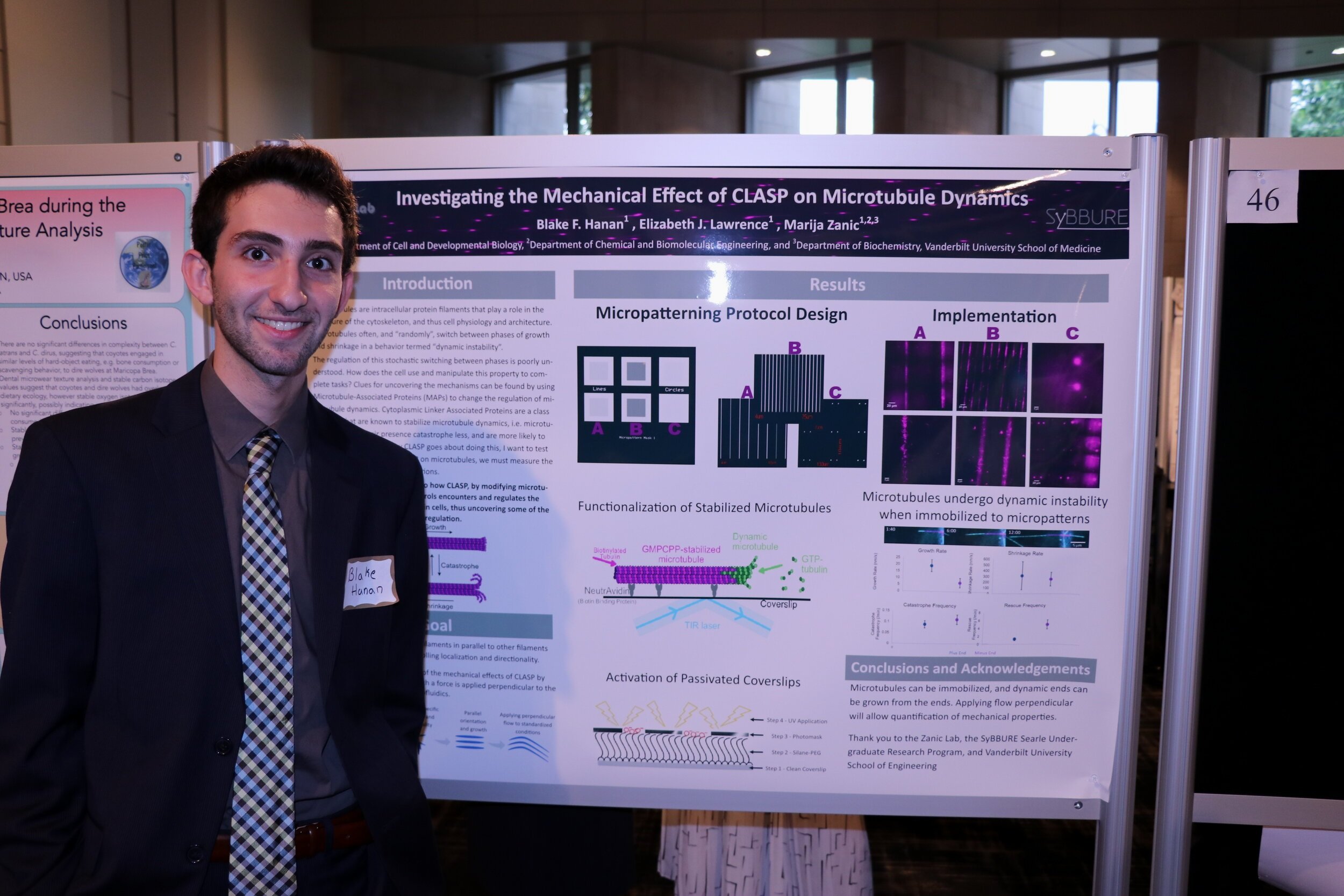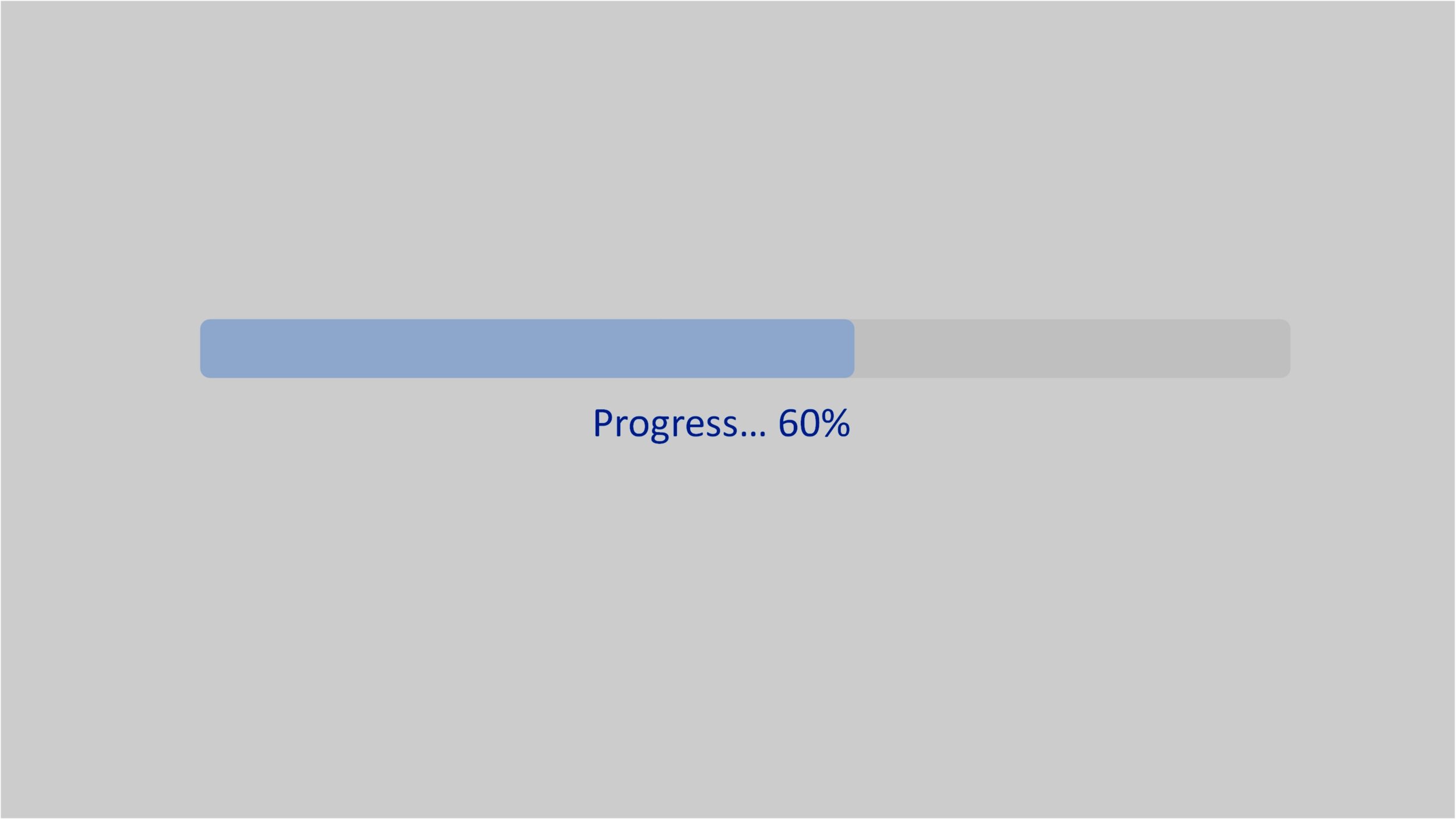Publishing

What constitutes a paper or manuscript?
Papers or manuscripts worthy of being published in peer-reviewed journals can fall into a few categories. The main types that you will focus on in your early career will typically include research articles and reviews. Research articles include your own (and perhaps a collaborator’s, direct mentor, etc.) original research with novel findings and interpretations of those findings. Reviews are papers that summarize many previously published works from a narrow research focus. Other types of manuscripts include letters, technical notes, communications, comments, features, and perspectives.
Typical authorship requirements
There are many people who can contribute to a paper to varying degrees.
Someone who contributes a small amount, for example they may proofread a few paragraphs, give input when you present at a research group meeting or give notes on a figure, may not be named in the paper at all.
If someone helps in a significant way but not at the level of a full author, they may be mentioned in the acknowledgements section at the end of the paper. Someone who collected a lot of data but did not contribute intellectually to the paper may be listed here.
Authorship is typically (and recommended to be) discussed and agreed upon toward the beginning of a research endeavor. An author should intellectually contribute a significant amount toward the project as a whole, whether that includes experimental design, data collection and interpretation, developed computational methods, oversight/mentorship, writing the manuscript and/or something else. Many journals are now requiring all authors state what contributions they made to the paper/manuscript upon submission.
Order of authorship (this can vary in some fields)
The first author should be the investigator who had the largest contribution to the work. Sometimes two authors share this title because they contributed equally. This is denoted by using a symbol after both names to designate that they are co-first authors.
The last author is typically the principal investigator (PI) of the authors of the work. The PI is also typically denoted as the corresponding author who handles communication with the journal editor or readers who have questions about the work.
Other authors that are not the first or last are individuals who intellectually contributed a significant amount. They are typically listed in order of their contribution.
If you are working on a project in which two research laboratories are collaborating together; there may be two PI’s on the manuscript. The PIs should determine whom the last author is. General rule, the first author’s PI will be the last author on the manuscript.
Targeting Journals
When trying to decide where to publish your research, you will want to consider the following:
In what venues have others from your lab or research area historically published? Use a search engine to look for previous works from your labmates and PI, or ask them for a few of their papers that it would be beneficial for you to read.
What are the impact factors of the journals you are considering? Impact factors are a measure of how many others read and cite the work in a journal. Publishing in a journal with a higher impact factor means your work is more likely to be seen. As a general rule of thumb: higher impact manuscripts will require higher impact work.
Do other authors, including your PI, have a preference as to where you should submit your work? Before you ask your PI, try to find 2-3 journals where you think your work would fit well. Your PI may have another idea, but they will be impressed if you try.
After you have decided on where to publish your research, you should read several recent articles from that journal (preferable ones that are similar to your work in some way) to get a feel for the formatting, layout, language, etc. If you already have a draft, you should revise it to fit the style of the journal.
Finding Formatting Rules
After you have chosen the journal to which you would like to submit your work, you should go to their website and find their formatting guidelines. Sometimes it is easiest to search the name of the journal with “author guidelines” and let the search engine find the right portion of their site instead of trying to navigate there yourself. For example, here is the formatting guide for Nature which is one of the top links when you search Google for “Nature author guidelines.”
It is important to find formatting rules before you get too far into the drafts of your paper so you can spend less time undoing your previous work.
In addition to having a document describing their formatting rules, many journals also offer a template in which you can paste your text and see what it will look like after it is published. You should do this, it will make you feel great to see your work look so professional!
Submission and Review Process
Submission
Your PI (or the corresponding author) will likely submit your manuscript to the journal on behalf of all authors. They will also correspond with the editor about the review process. If the editor thinks your work is a good fit for their journal, then they will ask for experts in your field to review your manuscript and let your PI know that the manuscript has gone out for review. This part of the review process can take a few weeks.
You and/or your PI, may need to put a cover letter together that outlines the impact your work has and why you think it’s a good fit for the journal.
If the editor does not think it’s a good fit for the journal, he/she may suggest other journals or at least give you a reason as to why they think it is not a good fit for the journal and its readership.
Review
Typically a manuscript will have 2-3 reviewers. Reviewers will critically review your paper and try to poke holes in every weak spot they can find. Sometimes one reviewer will be complimentary of your work while another will be extremely critical. It can be easier for reviewers to be critical because they are (most often) anonymous. In addition to their comments, reviewers will recommend your manuscript either be rejected, accepted with major revision, accepted with minor revision, or accepted as is. This part of the review process can take a few weeks.
Response to Reviewers
It can be difficult to read harsh criticism of your manuscript, especially after having passed muster with all your co-authors. You should recognize, though, that this is one of the last chances for experts in the field to help you correct mistakes or have you clarify things that are unclear before the work is published. If one reviewer was confused by something you had written, then there is a good chance that someone else will also be confused, and it is best to adjust the language for clarification.
Reviewers may also ask for major revisions that require collection of more data, reinterpretation of existing data, or a significant rewrite of the manuscript. When the reviewers ask for major revisions, the editor may give additional time to allow for those revisions (and/or experiments).
You and your co-authors will make the suggested changes (use tracked changes) and write a response to the reviewers with a point-by-point documentation of what changes you made and your replies to the reviewers’ comments.
You will resubmit the manuscript with tracked changes, a clean version of the revised manuscript, the response to reviewers, and any supplemental materials. This part of the review process can take a few weeks to a few months, depending on what level of revision the reviewers recommend.
Editorial Requests
If the editor and reviewers are satisfied with the revisions you made in response to the reviewers, then the editor will likely have a few more formatting requests to be completed prior to publication. You will be notified officially of acceptance. <<Begin happy dance.>> This process can take a week or more, but it means your manuscript has been accepted and all your hard work has paid off!
Publication
Depending on the venue, your article may be published immediately online or it may be held until the next issue of the journal is released. Some journals now offer a hybrid of the two where early access is offered online. Congratulations! You did it!
Rejection
Many manuscripts are rejected from publication. If your work does not make it to publication on your first try, that is okay! You can use the feedback from the editor or reviewers (depending on at what stage your work was rejected) to improve your manuscript and try again. You may be able to resubmit to the same journal, or you may need or decide to submit to another venue that is more appropriate for your manuscript. Just keep working and know that the harder you work on it, the better it will be when it is finally published!
References and Further Reading
https://kitaboo.com/stem-journal-guide-publishing-paper/





